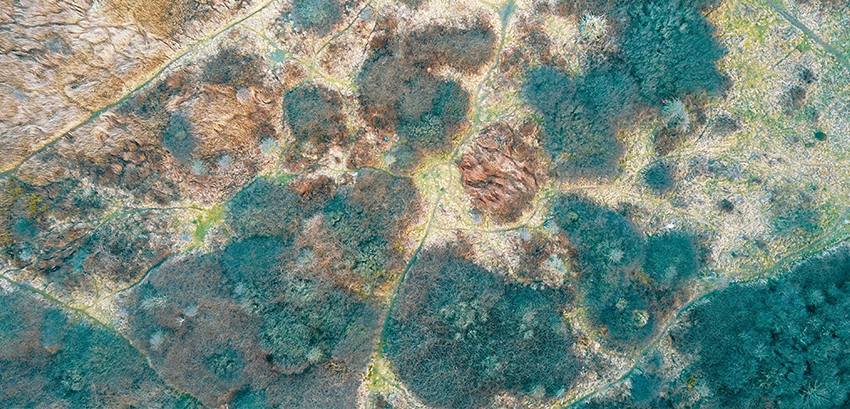
Many Australians are all too familiar with mould growth in the home. Some are even suing their landlords for damages to the property, their belongings, and their health. Exposure to mould and spores can cause symptoms ranging from a stuffy nose to infections in people with allergies or lung sensitivity. Summer months in Australia offer the perfect environment for mould, and so it’s important that homeowners be on the lookout for fungal growth. If you’re worried about mildew in your home, the latest developments in mould management can help you to keep your space free of fungal growth.
Air Purification
Improving air quality is key to controlling mould around the house. It’s best to try and remove spores from the air before they have a chance to settle. HEPA (high-efficiency particulate air filters are an excellent way to keep the air clean, as they’re designed to catch tiny particles such as spores. The air is sucked into the unit using fans, then blown over a series of mesh filters that are fine enough even to catch particulate from tobacco smoke. The SolarVenti ventilation system uses such filters to ensure air entering your property is clean and free from pathogens.
Ventilating and Dehumidifying
Mould prefers a warm, humid environment for optimal growth, such as what you might find in your shower or basement. In rooms that are exposed to excess moisture, you may want to install a dehumidifier. These come in all shapes and sizes, but they generally work the same way. A fan is used to draw in surrounding air, passing it over cooling coils that cause moisture droplets to condense. This water is collected, while the now dry air is reheated and redistributed into the room. Though dehumidifiers have been around for a while, the technology has gotten better over the years to improve both efficacy and efficiency. For example, the SolarVenti dehumidifies the air before it enters your house.
Mildew Resistant Paint
Most ordinary paints allow mould to seep through and penetrate the wall beneath, creating growth that’s difficult to detect. On the other hand, mildew-resistant paint protects painted surfaces from fungal growth. Not only does it seal the wall from water and spores, but it also contains anti-microbial properties that inhibit the growth of mould and bacteria. Before applying mildew-resistant paint, you should remove any existing mildew with a bleach cleaner.
Mould in the home can be hazardous to your health. Luckily, the latest mould management options help to prevent the growth of mildew around your house. Keeping your air clean and dry while using mould-resistant paints will help to keep your home clean year-round, even in the humidity of summer.


